I swear I learn something new every day and today is no different.
I was today years old when I learned that the count of the crayon box you buy matters almost as much as the brand.

I think it’s safe to say that we all know that teachers prefer Crayola brand crayons for the pure fact that they color better and are better quality.
But did you also know that teachers prefer the 16 count over the 24 count of Crayola crayons? If you said no, I didn’t either.

After all, the 24 count of crayons are typically cheaper because they tend to go on sale at retail stores for around $0.50 a box. While the 16 count is harder to find and is more expensive (around $2.99 a box).

Well, this teacher explains that especially in grades Pre-school to 1st grade, the 16 count box gives kids the exact colors they need for lessons which includes just 1 primary color.
She uses the example that if she asks the kids to color something blue, the 24 count box has about 4 different options that look blue.
However, when a child begins coloring, they quickly notice that only one of those colors is actually blue and one is actually purple when colored.
What?! My mind is BLOWN. I never noticed this before!
So, when you get the 16 count of crayons you are helping teachers get through their lesson plans without having frustrated children who can’t seem to find the right color.

This teacher even mentions that when kids get frustrated, she’s pretty much lost their attention because they are so focused on the color of their crayon.
Moral of the story – grab the 16 Count Crayola Crayons or you can get a Massive Box of Classic Crayola Crayons and in return, you’ll be helping your child and teacher!






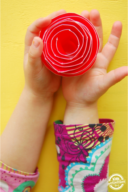





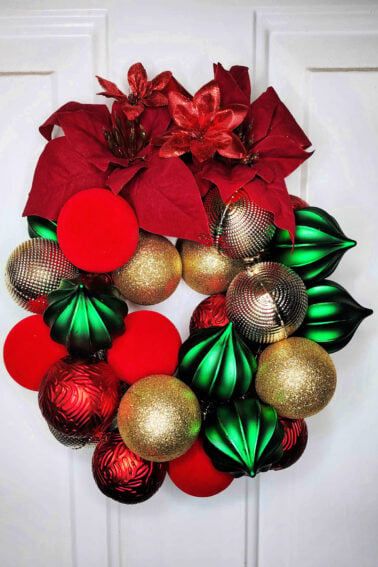
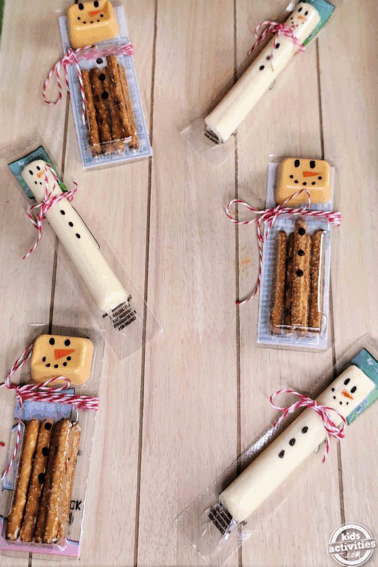
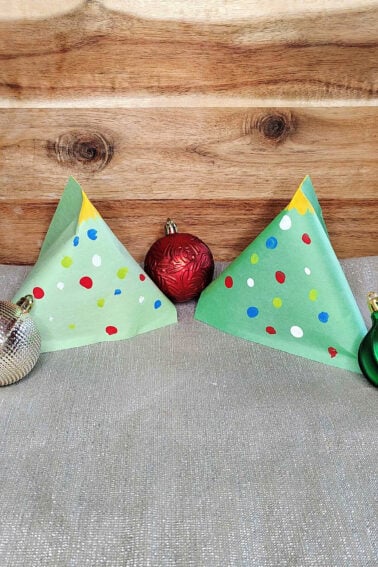









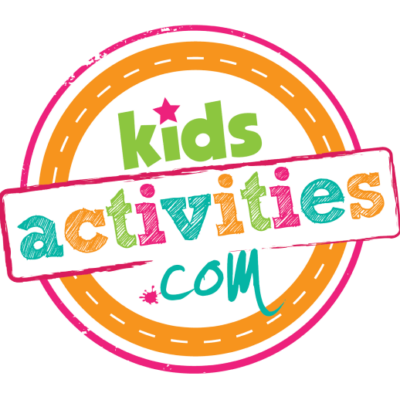
Part of the point of the “correct” colours is so that the kids can learn to read the basic colour names. When they have those words, then it is easy to expand into the other colours.
Also, students will get completely stuck on looking for the “right” one, not because it is the teacher pushing the exact right shade but because they can’t fathom doing it differently. It can end up being very dysregulating for some of our young students.
It honestly has very little to do with being creative or art.
Thank you for sharing, Sharon!
I taught first grade, all the kids got 24 pack of crayons, if they needed a red or a blue and the true color wasn’t available, I just told them use something in the same color family. Like our real families, we are not all exactly the same color.
Interesting way to find if student is colour blind,
As one of my pupils who wouldn’t work with colours
That is a good point, Elizabeth!
As an art teacher this kind of seems like a wasted learning opportunity. That’s still a blue it’s just in a purple family of blues, just like there is a green family. I think it’s odd saying that it is wrong that if she said to color something blue and the student colored it the “purple” which is actually blue violet or might even just be slightly towards violet family when it is still blue just slightly tinted. Makes students start to take ownership and get creative and not make everything look like a cookie cutter piece. Just my opinion. 🙂
I start the PreK year with the 8 crayon box and transition to the 24!
I rarely use anything that requires a primary color (and if I do, I have a small group caddy). On the art shelf, I just group the colors in families (we do talk about how the color spectrum is made up of all these colors) and if the child wants red, I help them find it and show where the word “red” is.
It is so interesting to see how each classroom does things! Thank you for sharing!
After reading all of these snarky comments, I’m beginning to realize, the problem in the schools is not the students, it’s the parents. I am not a teacher, but I immediately knew the answer to your question. Come on people, a preschooler needing to know apricot? Basics, people. Basics.
Thank you for your suggestion; whether it was reciprocated or not.
It does not have apricot. I spent over hours taking out the extra colors every year for the shared crayon buckets on our kindergarten tables. Red violet and yellow green are very frustrating when learning colors. I put apricot in our multi-cultural crayon box and our art center. I gave all extra confusing colors to the art teacher to melt down for projects.
I love the idea of using the leftover crayons to melt down for art projects! So creative!
Teachers are still using worksheets and expecting children to fill them out “correctly.” So discouraging. Crayons should be one media available for creative projects. Period.
I put a small piece of tape around the primary colors for my students to easily access the “real” color (as they call it!)
What a great idea, Maureen!